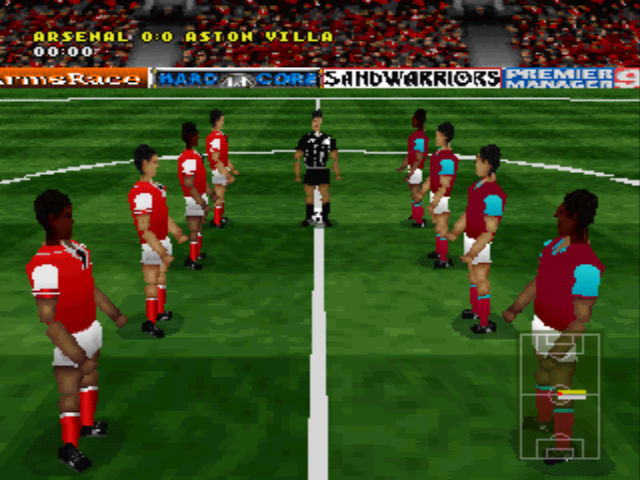When the Republic of Ireland hosted Georgia on Thursday tonight, Shane Duffy was named named in the team and we were a bit uneasy.
Now, it’s nothing to do with the patchy start he had to the season – that was a blip, he’s a solid defender; no, as ever, it’s to do with what he had on his back:

Yes that’s right kids, Ireland had number 7 playing centre-back, partnering number 3. To be fair to Duffy, he wasn’t at fault:
While Paul McGrath often wore 7 for his country, it was always as a central midfielder. This was uncharted territory for Ireland – somehow, a 1-0 victory was achieved – though sadly there are plenty of examples of other offenders.
David O’Leary
He always wore normal 4 or 5 when playing for Ireland – well, except for his most famous moment – but, as George Graham’s go-to guy when playing a three-man central defence, he toured the high numbers, taking over from whichever attacking player missed out.
He wore 7 a lot in the 1990-91 title-winning season – and kept that while Tony Adams was in jail, meaning that 6 was often worn in midfield. Here he is scoring a rare goal against Crystal Palace in that campaign:

A year previously, he had worn 8 against Liverpool (with Irish international team-mate Steve Staunton doing likewise):

Then, in 1991-92, Alan Smith was dropped for the visit of a Leeds team who would go on to inherit the title from Arsenal, with O’Leary slotting in at 9:

Steve Bould
O’Leary was still a first-choice in 1988-89 and was number 5 in nearly every game, including the dramatic title decider away to Liverpool. While another Arsenal central defender would later wear 10, we prefer to reminisce about Bould doing so at Anfield:

It would be unfair to paint Graham as the only bad guy though, especially as Everton’s John Hurst won a league medal in 1970 wearing 10 at centre-back, having originally been a striker.
In the early 2000s, there appeared to be an infestation of defensive number 7s in the Premier League:
And of course Winston Bogarde and Bernard Lambourde aren’t even the worst Chelsea offenders, not when compared with Khalid Boulahrouz:

Up until his retirement last summer, Jonathan Woodgate had worn 39 in his last four seasons at Middlesbrough. That was his second spell with his hometown club, of course, and we hate to say it but 39 was arguably a more logical choice than what he wore in 2007-08:

And finally, a man who wore the same ill-suited number while playing in defence for Sampdoria, Lazio, Internazionale and Yugoslavia – well, would you tell Sinisa Miahjlovic that he looked stupid?

He had been a midfielder at Samp, to be fair, but then relocation is the only way a centre-back is going to end up wearing 11, unless either he or his manager is mental. At least he was moving backwards rather than sideways:

























